The world of low-light and nocturnal observation has been revolutionized by thermal scopes and night vision devices. Both technologies have their merits, but when it comes to performance in the dark, thermal scopes often come out on top. In this article, we'll explore the reasons why thermal scopes are superior to night vision devices.
Thermal Imaging Technology
Thermal imaging technology works by detecting the heat emitted by objects, regardless of light conditions. This allows for the creation of an image based on temperature differences.
How Thermal Imaging Works
- Thermal scopes use infrared sensors to detect the thermal energy emitted by objects. This energy is then processed to create a visible image.
-
Advantages of Thermal Imaging:
- No Ambient Light Needed:Unlike night vision, thermal imaging doesn't rely on available light.
- Penetration Through Smoke and Fog:Thermal imaging can see through conditions that night vision cannot.
-
Identification of Heat Differences:Thermal scopes can detect minute temperature variations.

Night Vision Technology
Night vision devices work by amplifying available light, usually from starlight or moonlight, to make objects visible.
How Night Vision Works
- Night vision devices use image intensifier tubes to collect and enhance available light, creating an image visible to the user.
-
Advantages of Night Vision:
- Light Amplification:They can amplify very low light levels to create a visible image.
-
Detail Recognition:Night vision can provide high-resolution images of objects.

Comparison of Thermal Imaging and Night Vision
When it comes to choosing between thermal scopes and night vision devices, several factors come into play.
- Price:Night vision devices are generally more affordable than thermal scopes.
- Environmental Adaptability:Thermal scopes perform well in a wider range of conditions.
- Target Recognition:Night vision offers better detail recognition.
- Technical Limitations:Night vision requires some light to function, while thermal scopes do not.
Application Scenarios
Both technologies have specific scenarios where they excel.
- Hunting:Thermal scopes can detect the heat signatures of animals, giving hunters a significant advantage.
- Military and Security:Both technologies are used for surveillance and targeting in low-light conditions.
-
Industrial Inspection:Thermal imaging is used for detecting heat-related issues in machinery.

Why Thermal Scopes Win
There are several reasons why thermal scopes are often the preferred choice.
- Performance in No Light:Thermal scopes can see in complete darkness.
- Performance in Adverse Weather:They are not affected by smoke, fog, or other obscurants.
- Long-Range Detection:Thermal scopes can detect targets at much greater distances.
While both thermal imaging and night vision technologies have their place, thermal scopes offer advantages in certain situations. The choice between the two often comes down to the user's needs and the environment in which they will be used.


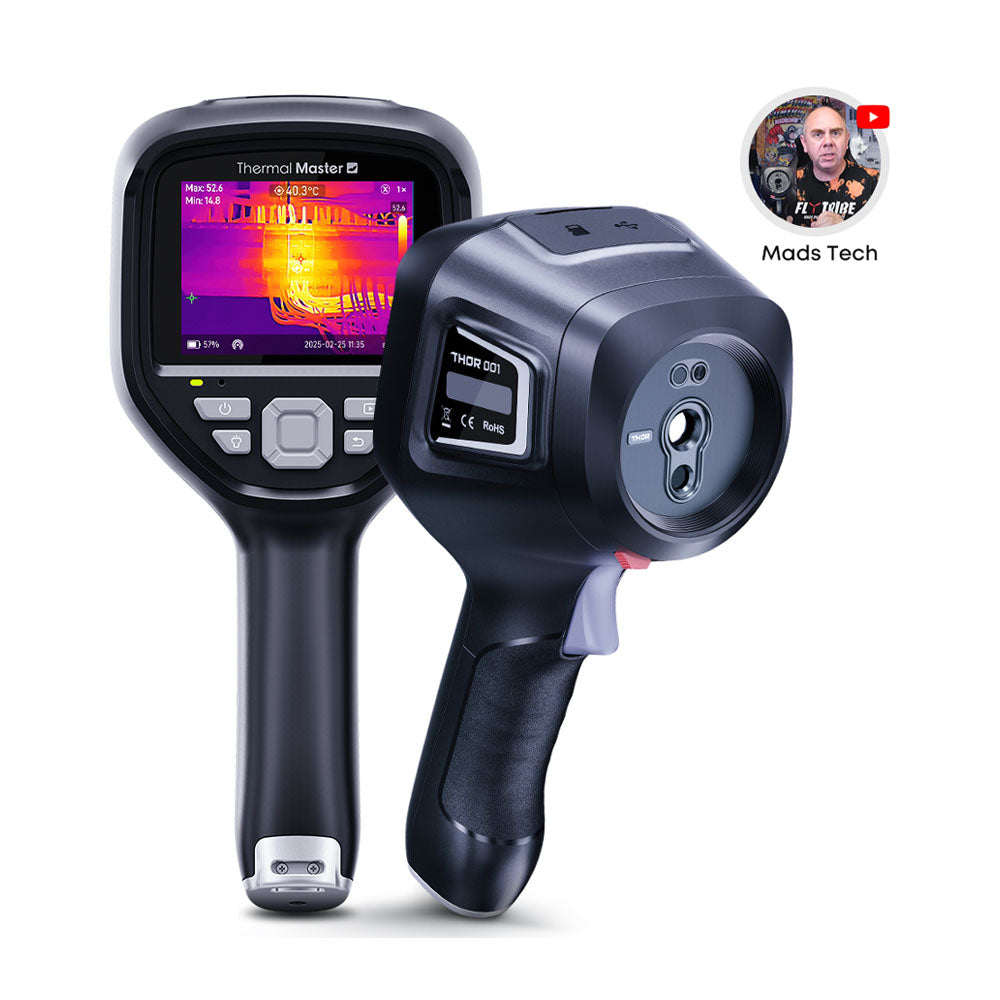

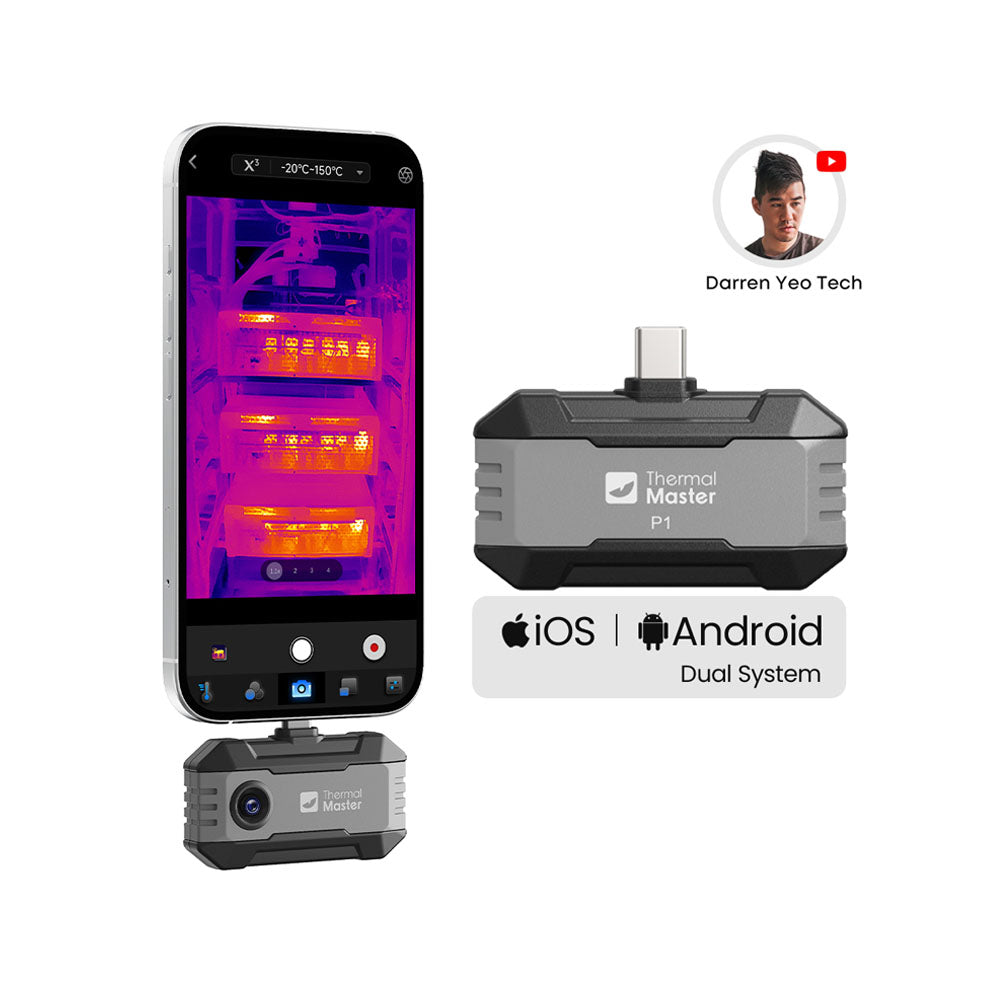
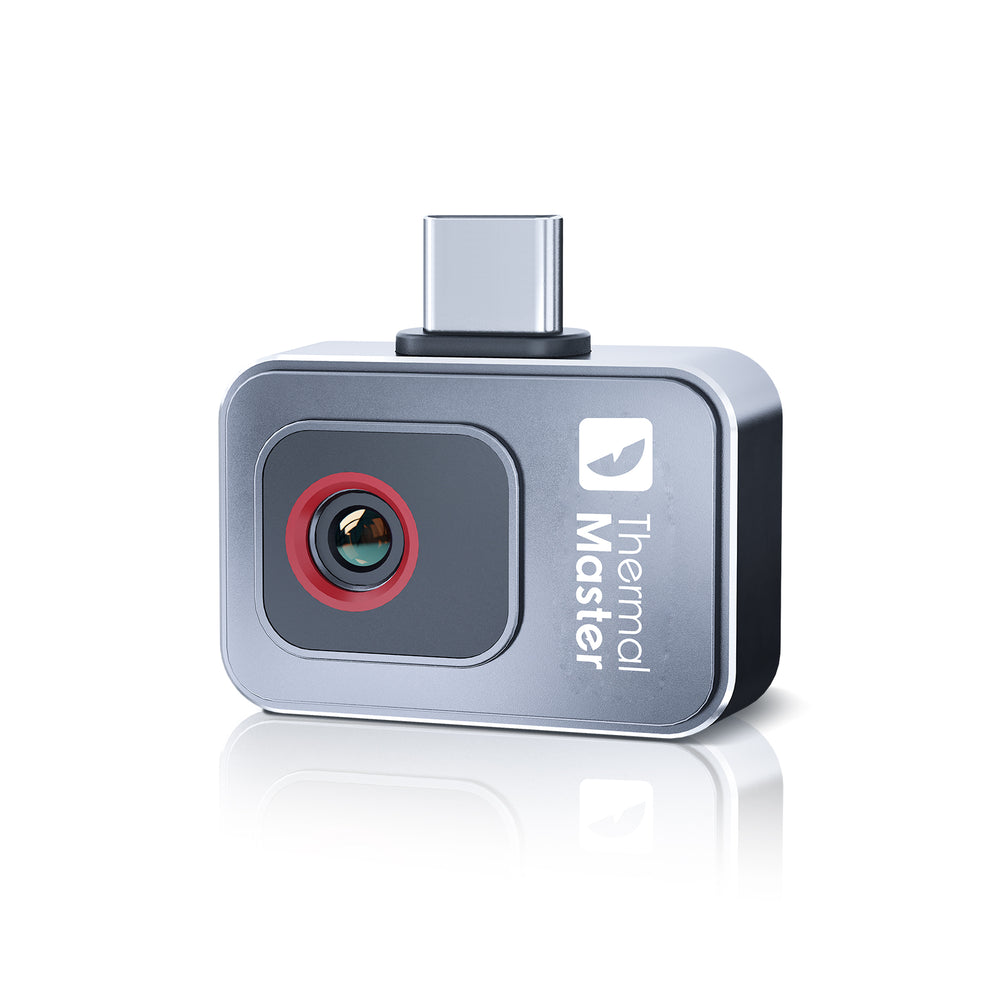
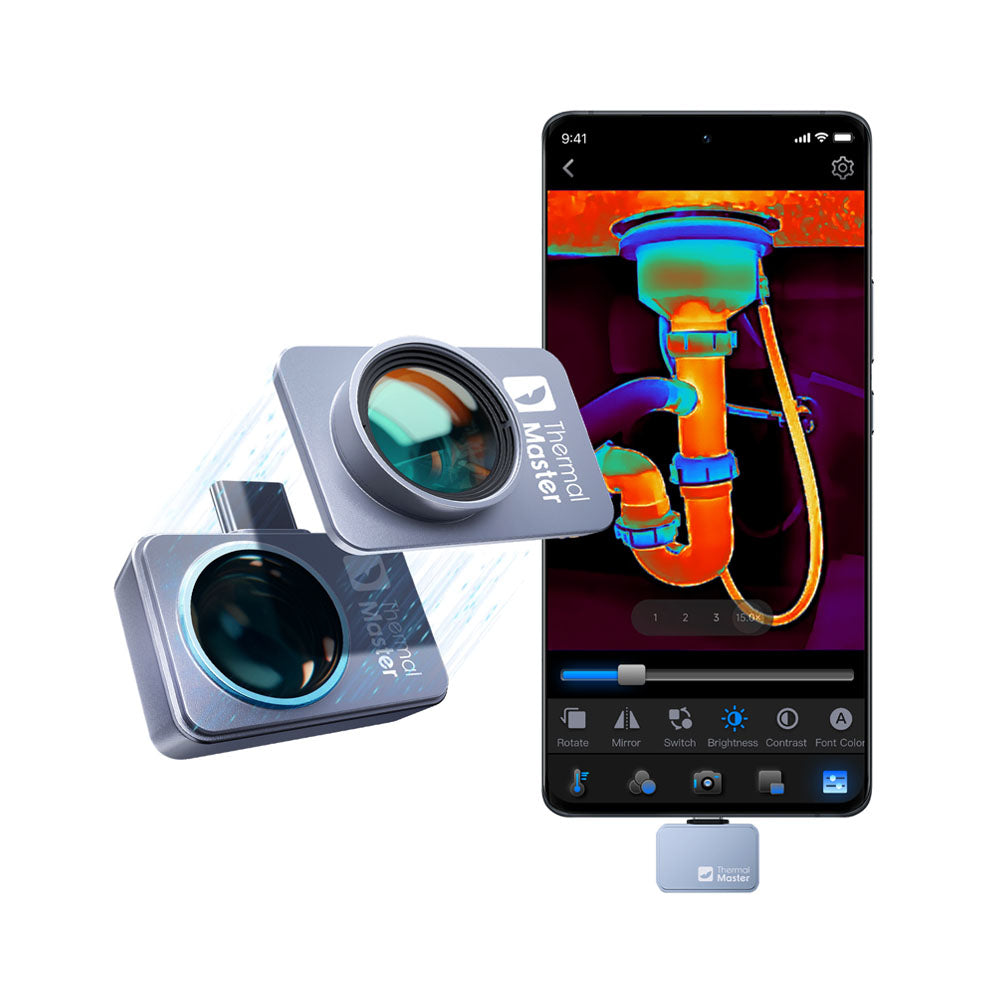

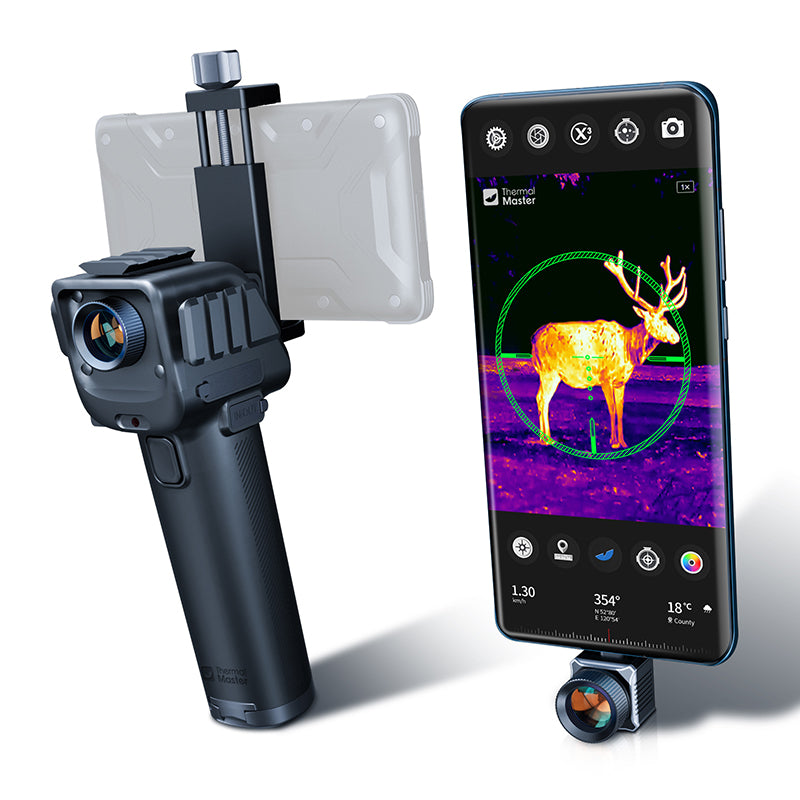
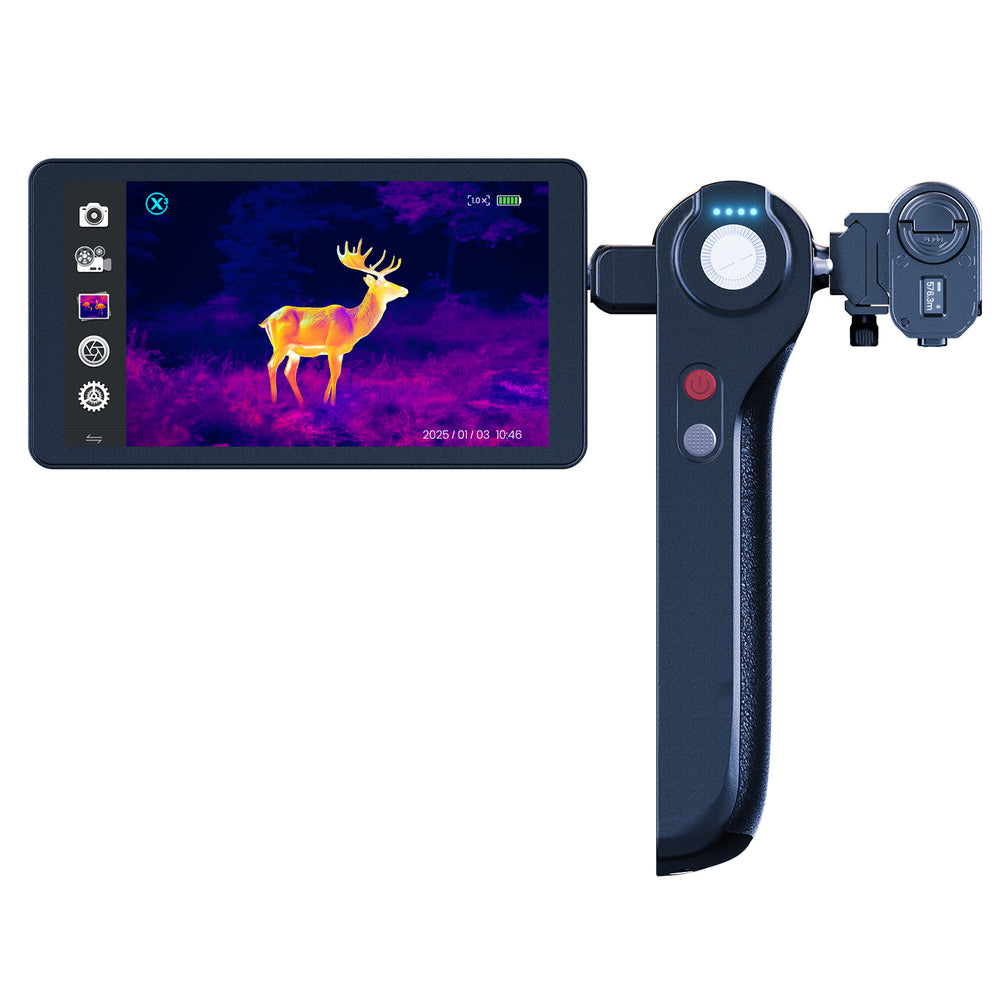
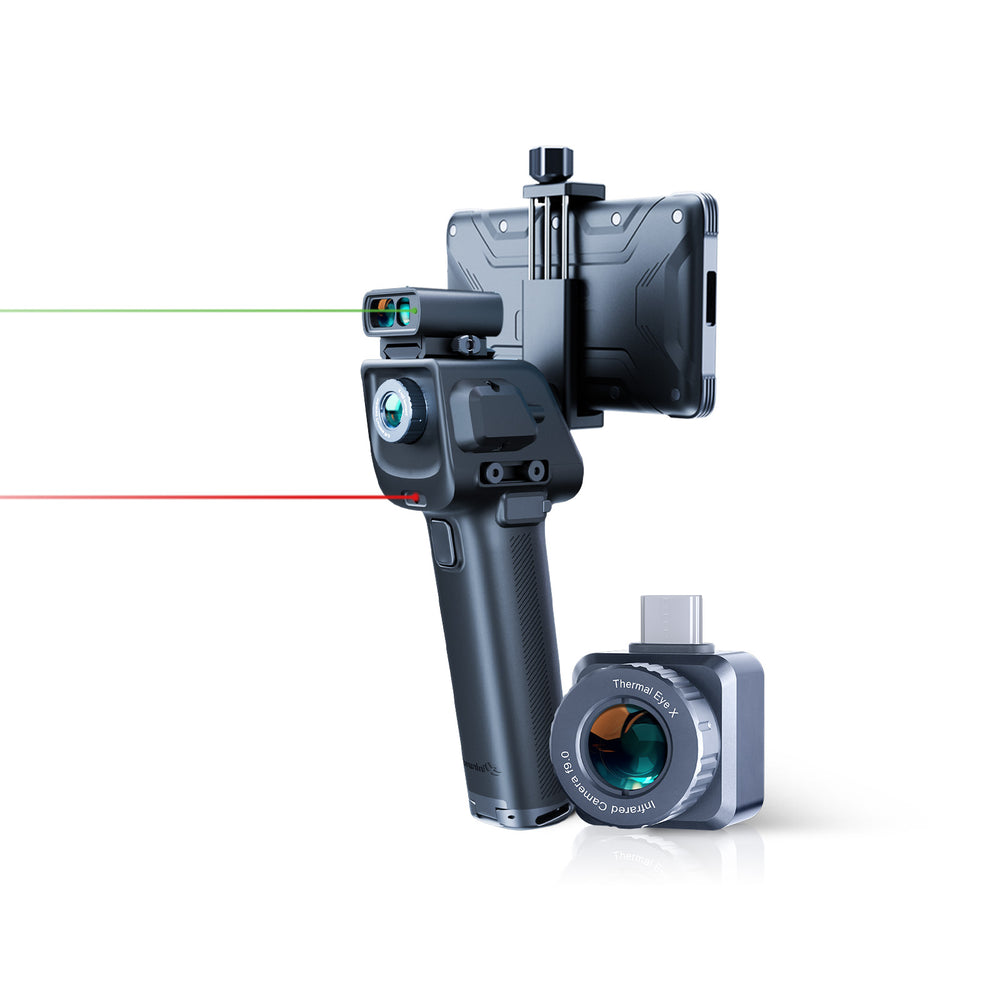
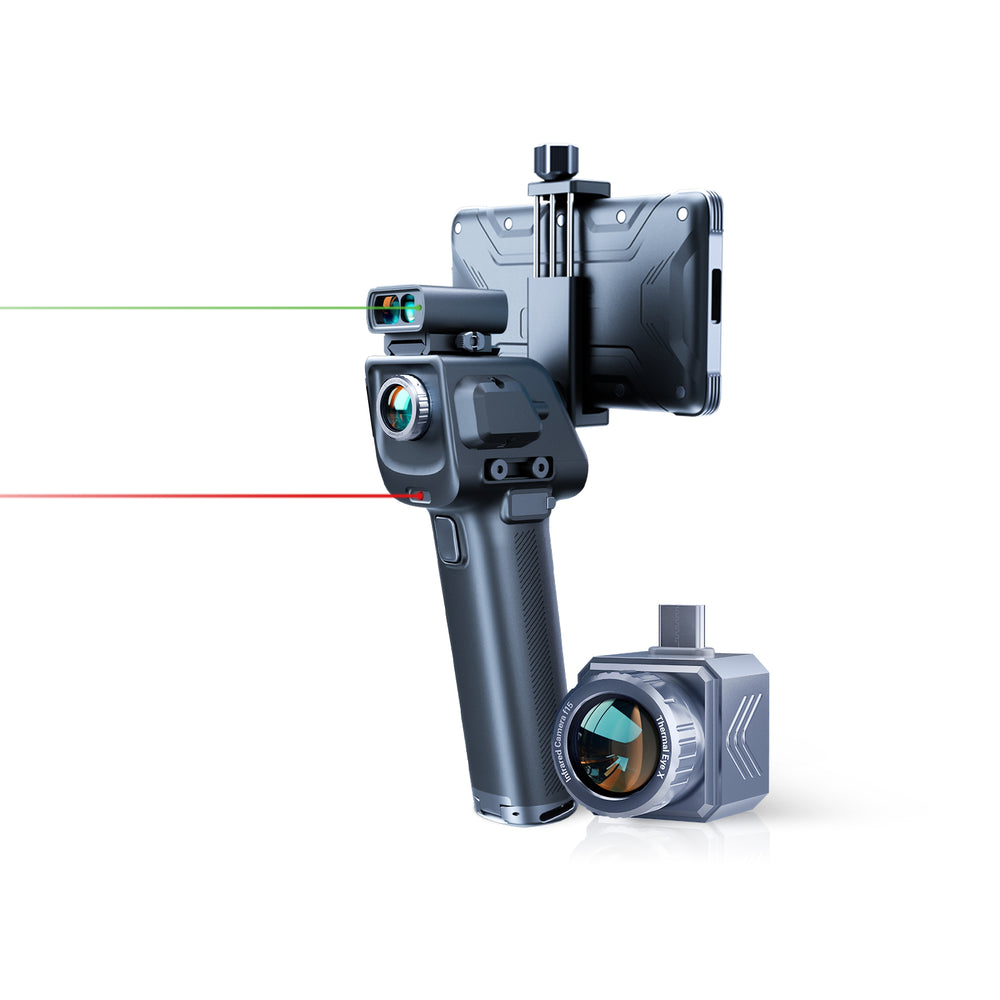
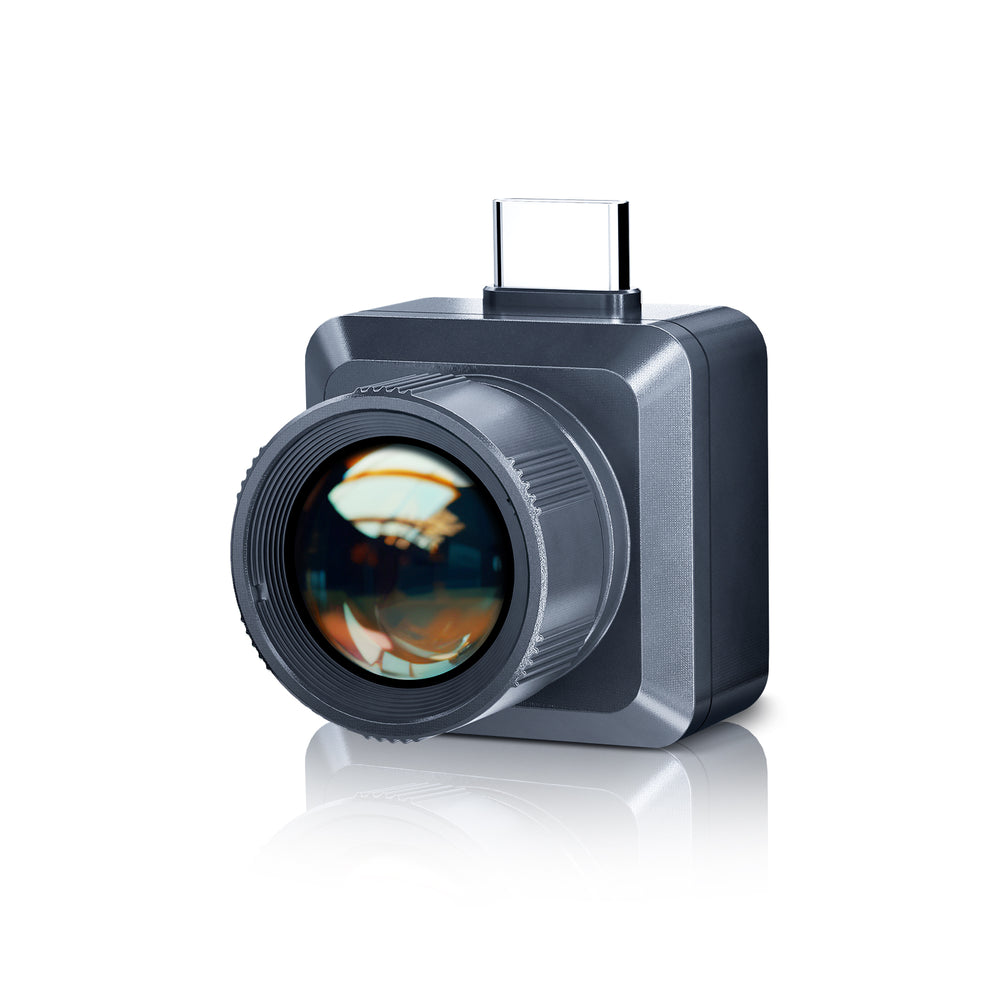
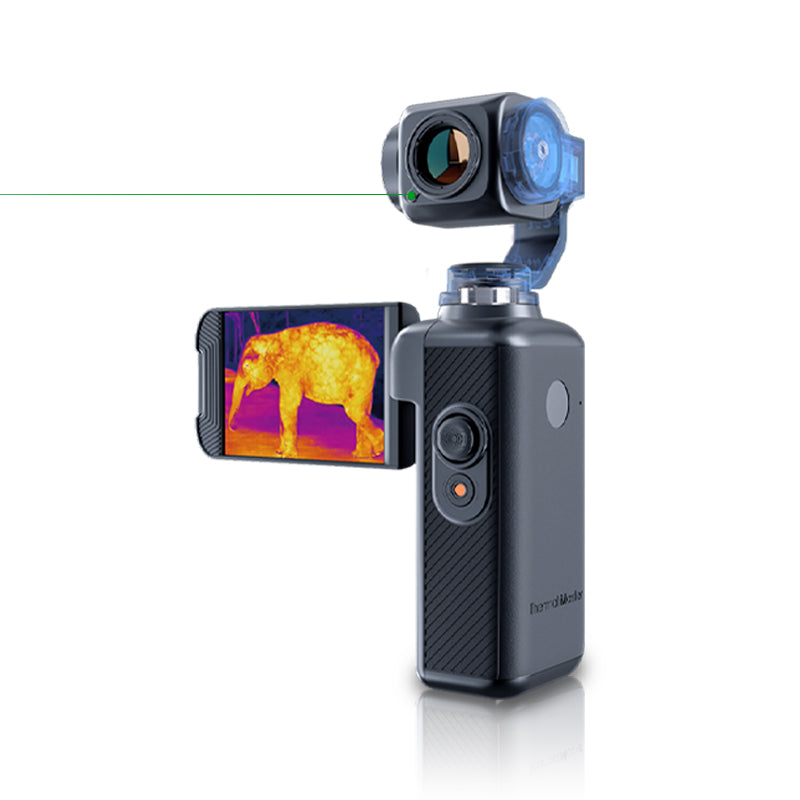
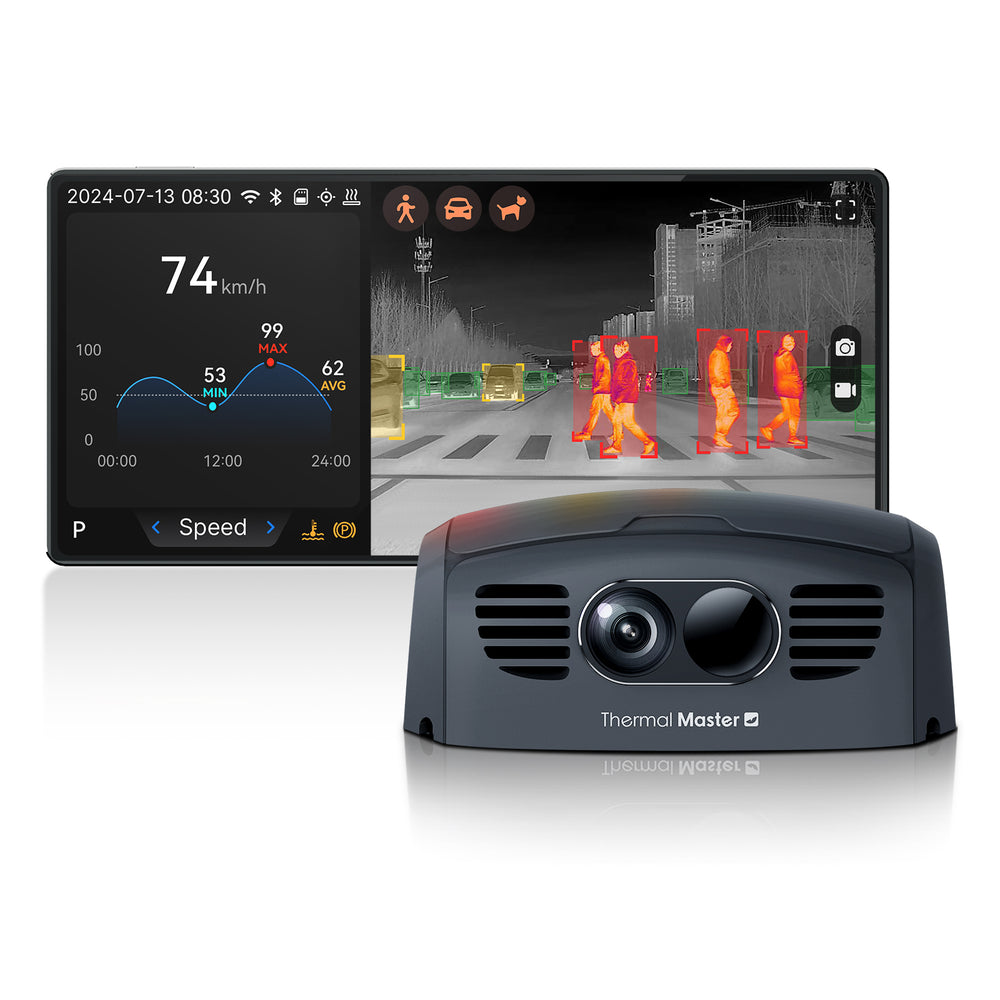
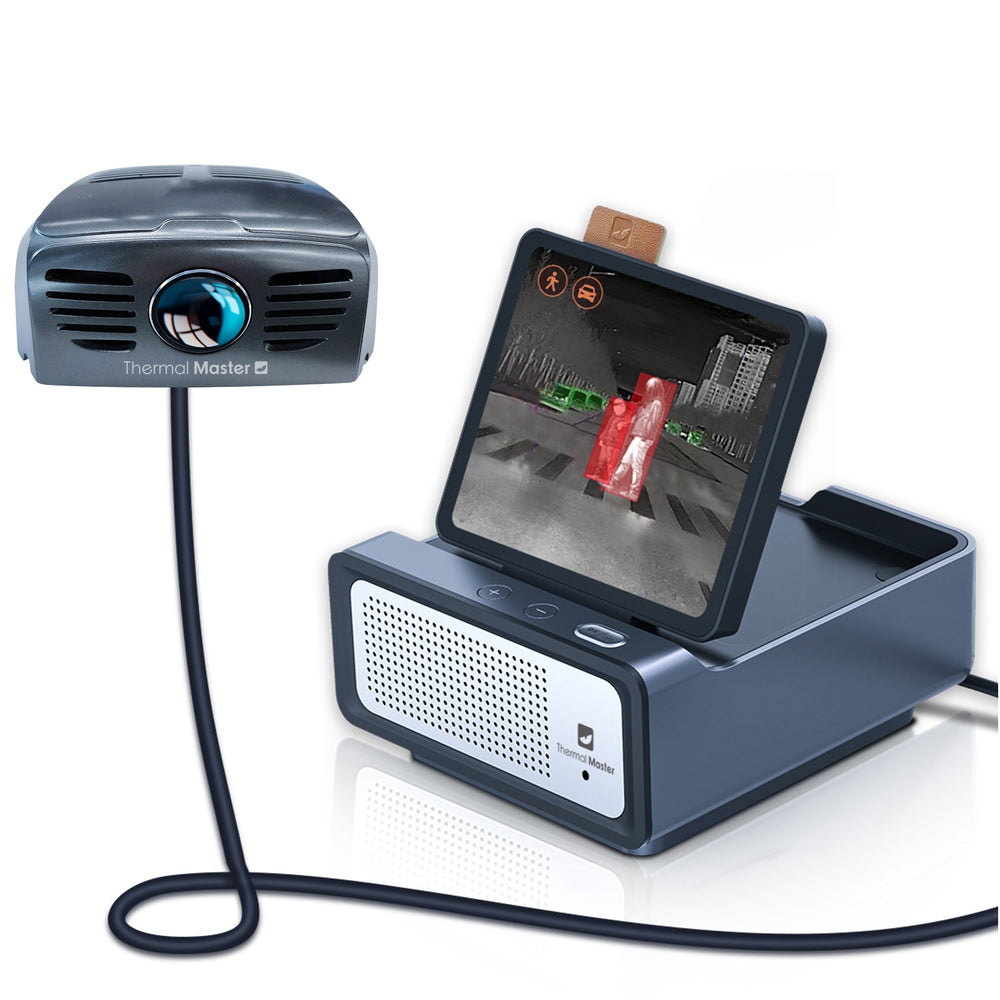

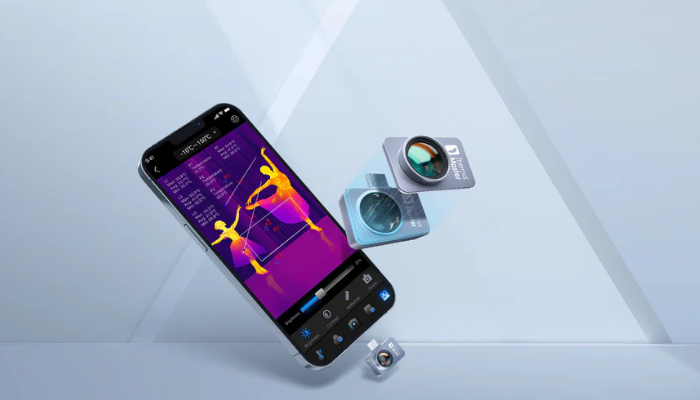

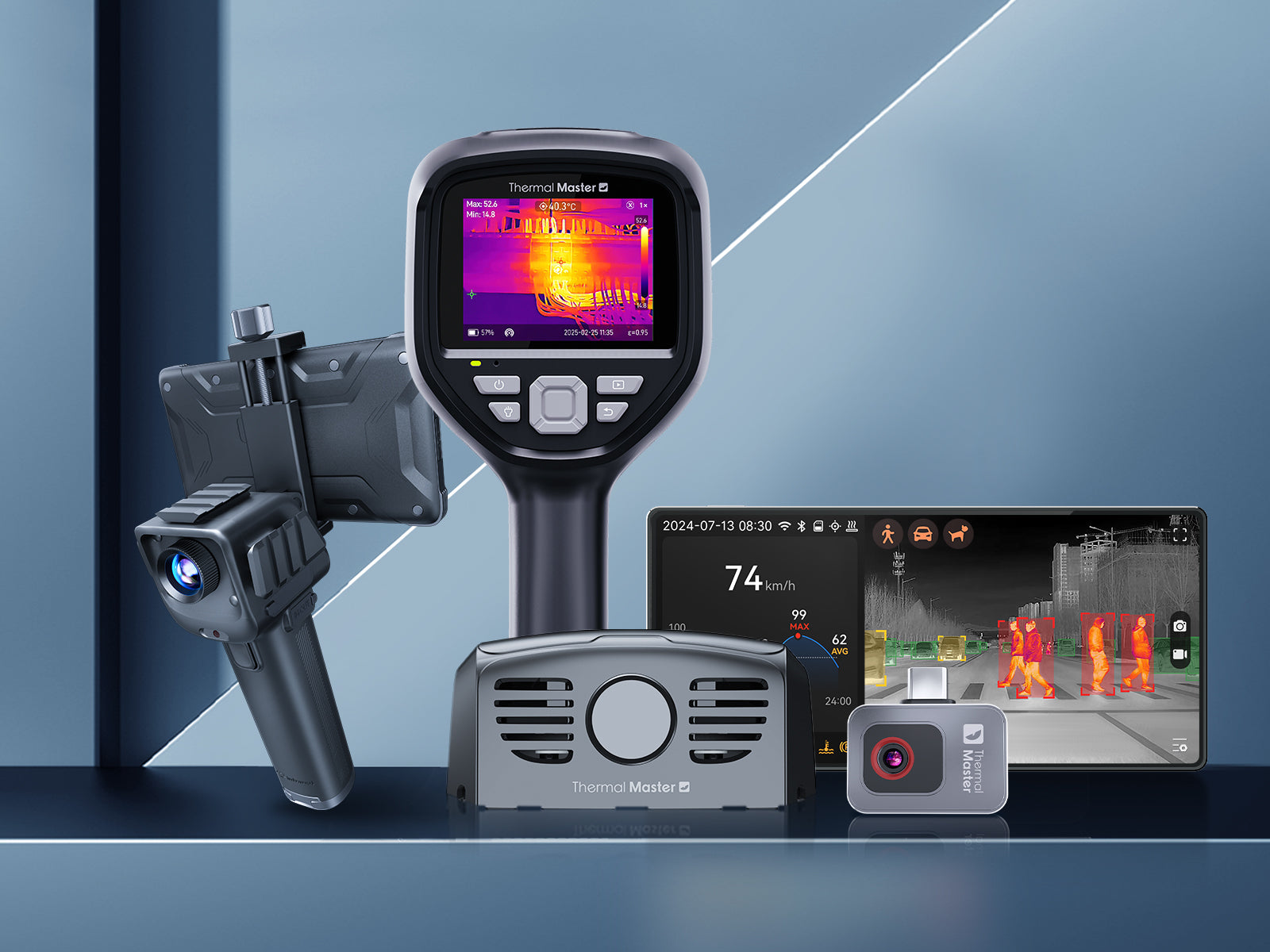
Leave a comment
All comments are moderated before being published.
This site is protected by hCaptcha and the hCaptcha Privacy Policy and Terms of Service apply.